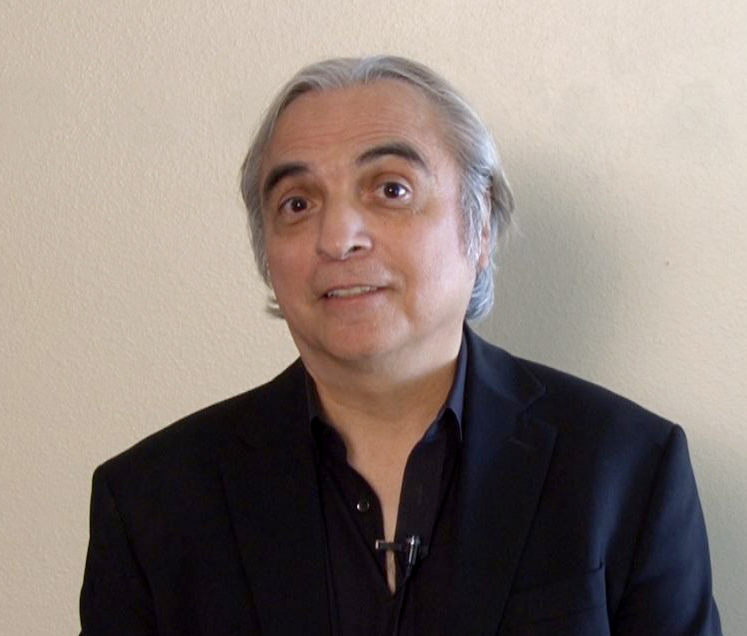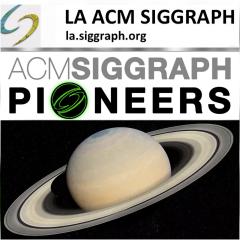
Victor Acevedo is considered a desktop digital art pioneer, as he has been making fine art images and videos with computers since 1985. However, his first experiments with computer graphics date back to 1983. His hybrid imagery has a metaphysical bent; expressed with geometrical abstraction, sometimes with figuration.
In 2007 he began making visual music works. He will sometimes select still-images from these videos and issue them as signed limited edition prints. In 2012 he began using the software called VDMX to integrate real-time video workflows into his studio practice. In 2013, Acevedo coined the acronym EVM to refer to the genre called Electronic Visual Music.
Exploring the (perceptual) implications of synesthesia, cymatics, as well as the polyhedral geometry based on R. Buckminster Fuller’s Synergetics, his work has investigated the audio-visual nexus between sonic structures and dynamic geometrical form. These compositions seem to favor electronic music, jazz, drone works, glitch, and or harmonic noise.
Acevedo was born and raised in Los Angeles and later studied studio art and art history at The University of New Mexico, Albuquerque (1977-1978). He continued his undergraduate studies at ArtCenter College of Design, Pasadena, CA. (1979-1981). Acevedo served as an adjunct professor at the School of Visual Arts in New York, in the BFA and MFA computer art departments (1997-2008).
His work has been featured in many digital art history books; most notably “Moving Innovation: A History of Computer Animation” (Tom Sito, MIT Press, 2013); “The World of Digital Art” (Wolf Lieser, h.f. Ullman, 2010); “From Technological to Virtual Art” (Frank Popper, MIT Press 2007); “Art of the Digital Age” (Bruce Wands, Thames and Hudson, 2006). In November 2022, the artist published a 400-page career survey monograph called “ACEVEDO in Context: Analog media 1977-1987 • Digital media 1983-2020.”
Acevedo has shown his work in over 135 group and solo art exhibitions in the U.S. and Internationally since 1982. In 2021-2022 he participated in several online Web3 ‘metaverse’ exhibitions. These included Mask Ephemeral on Decentraland, Trudentity on Spatial, and States of the M3taverse on Voxels. Curated by SearchLight.Art, each of these included a blockchain component. In 2022, one of his visual music works was screened at Techspressionism: Digital and Beyond, Southampton Arts Center on Long Island, New York. More recently in 2023 he has shown with Expanded.Art in Berlin and on Objkt.com in 2024.





